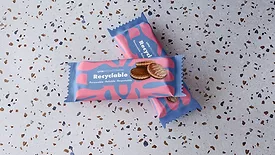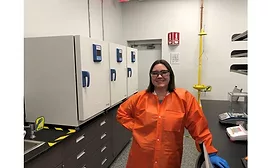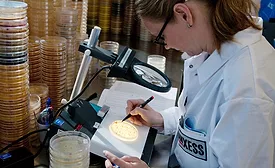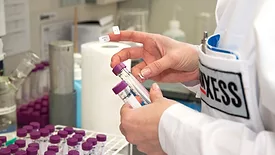Home » Keywords: » Biocides
Items Tagged with 'Biocides'
ARTICLES
sponsored content
Streamline Your Manufacturing: Cut Contamination with Pigging Technology
January 10, 2025
Keep the info flowing with our eNewsletters!
Get the latest industry updates tailored your way.
JOIN TODAY!Copyright ©2026. All Rights Reserved BNP Media.
Design, CMS, Hosting & Web Development :: ePublishing










